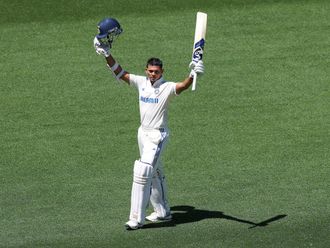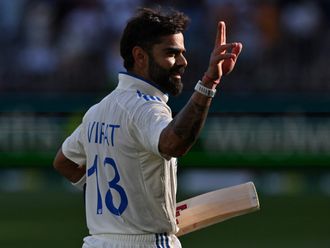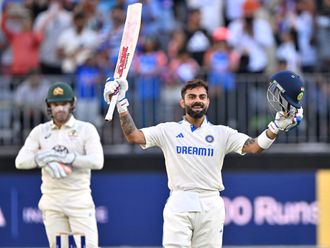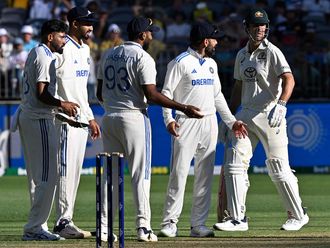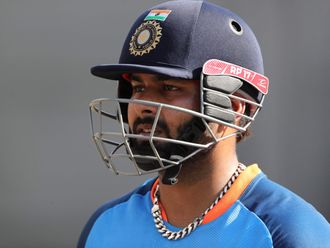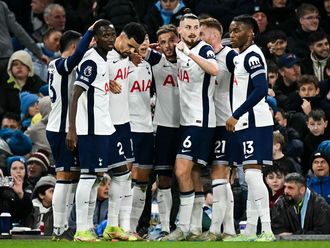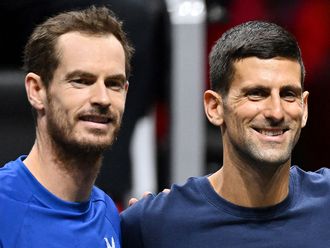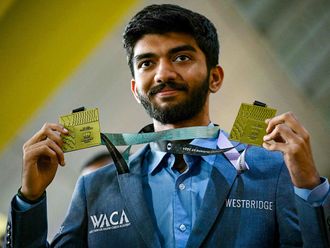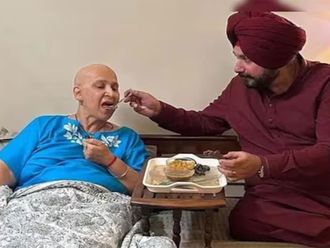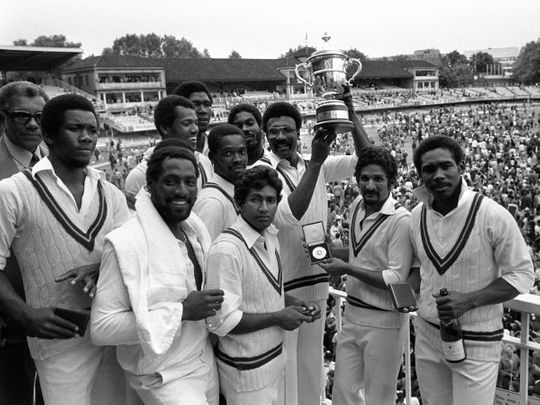
A World Cup without the West Indies was unthinkable, but it’s a reality now. The Caribbean side tripped in the World Cup Qualifiers in Zimbabwe and missed the bus for the 2023 World Cup in India.
The West Indians bring a unique flavour to cricket. Effervescent batting, fiery pace and electric fielding are hallmarks of cricketers from the Caribbean islands. They call it Calypso style, which is best suited for one-day cricket. So it was no surprise when they won the 50-over World Cups in 1975 and 1979 before suffering a shock defeat to India in the 1983 final.
Ironically, that turned out to be the last World Cup final for the West Indies. True, they won the T20 World Cup twice, but their waning strength was apparent over the years. Last year, they failed to make the main draw of the T20 World Cup in Australia. So the failure to qualify for the 50-over World Cup doesn’t come as a surprise.
The reasons are pure and simple. The West Indies no longer produce high-quality players. The talent fount that produced Gary Sobers, Learie Constantine, Frank Worrell, Everton Weekes, Clyde Walcott, Wes Hall, Charlie Griffith and many other stalwarts seems to have run dry.
Maybe because there was a surfeit of talent from the seventies to the nineties when the West Indians terrorised their opponents worldwide. Clive Lloyd’s Invincibles swept everything before them in the eighties and nineties. Between 1980 and 1995, the West Indies did not lose a single Test series.
From 1974, West Indies teams were packed with a formidable array of cricketers. When the brilliant Roy Fredericks retired, a more solid Desmond Haynes partnered Gordon Greenidge, one of the most fearsome batters ever to whack a cricket ball. King Vivian Richards chewed gum and swaggered onto the pitch to strike fear into bowlers worldwide.
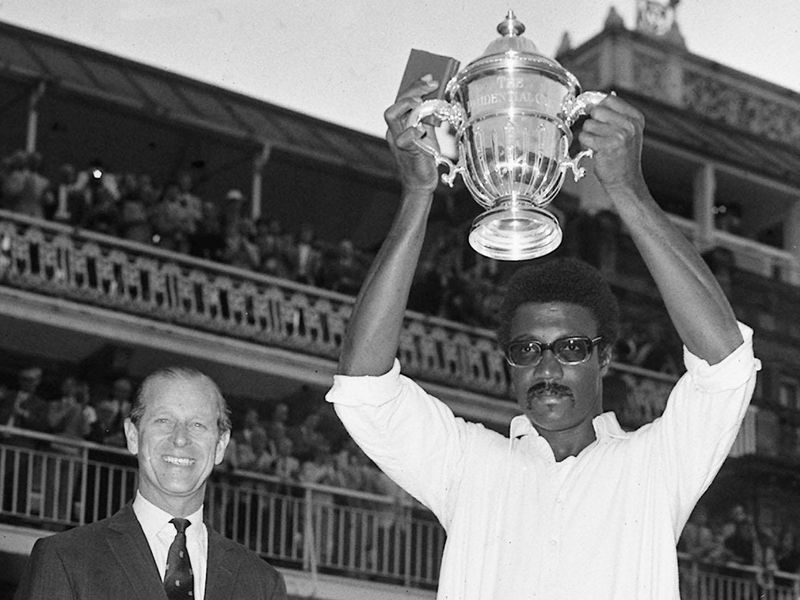
When the mercurial Alvin Kallicharan fell out of favour after the Kerry Packer series, a stodgy Larry Gomes provided the ballast to a side packed with stroke makers. Then there was Lloyd, who wielded his Big Bertha bat like a bludgeon. Who can forget his hurricane hundred against Australia in the 1975 final?
Lloyd put together the most fearsome pace battery in history after being routed by the pace of Jeff Thomson, Dennis Lillee and Max Walker in 1975-76. The cerebral Andy Roberts opened with the attack with Mike Holding, who delivered liquid pace at the end of a Michael Johnson-like languid runup. Then came Colin Croft with an ungainly action that kicked up the ball discomfortingly from a good length at blistering pace. Joel Garner’s six-foot-eight-inch frame helped generate steep bounce.
When Croft walked away from international cricket, Malcolm Marshall joined the pack with his frenetic but skiddy pace. Garner’s retirement brought Curtly Ambrose — only shorter by an inch — into the Caribbean side.
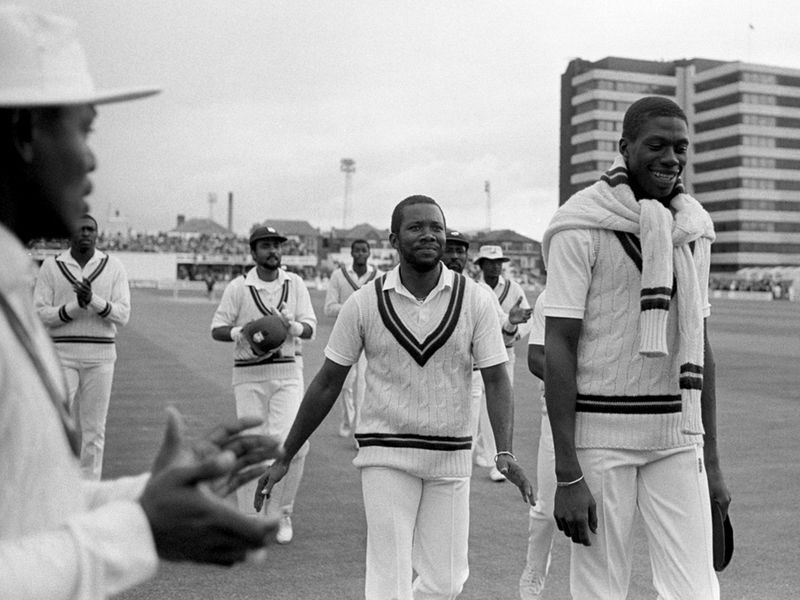
Courtney Walsh, Patrick Patterson, Ian Bishop and others followed. The West Indian reservoir of top-class fast bowlers seemed endless. Wayne Daniel, Ezra Moseley, Norbert Phillip, Tony Gray, Winston Davis, Milton Small, Eldine Baptiste, Kenny Benjamin, Winston Benjamin, Cameron Cuffy, Anderson Cummins, Sylvester Clarke, Franklyn Stephenson… the list goes on. Some never played for the West Indies, while others couldn’t hold their place regularly.
The West Indies continue to produce stroke players and fast bowlers, but none with the prodigious talent of their predecessors. Even the genius of Brain Lara couldn’t save them simply because the rest of the team lacked quality. Chris Gayle, Carl Hooper, Ramnaresh Sarwan and Shivnarine Chanderpaul ploughed lone furrows as West Indies slumped to one defeat after another.
The team, captained by Shai Hope, maybe the first from the Caribbean that failed to qualify for the ODI World Cup in 48 years. But the rot had set in many years ago. In fact, it started with the departure of Lloyd. Richards, no doubt, is an awe-inspiring batter, but as captain, he could never replicate the success of his predecessor.
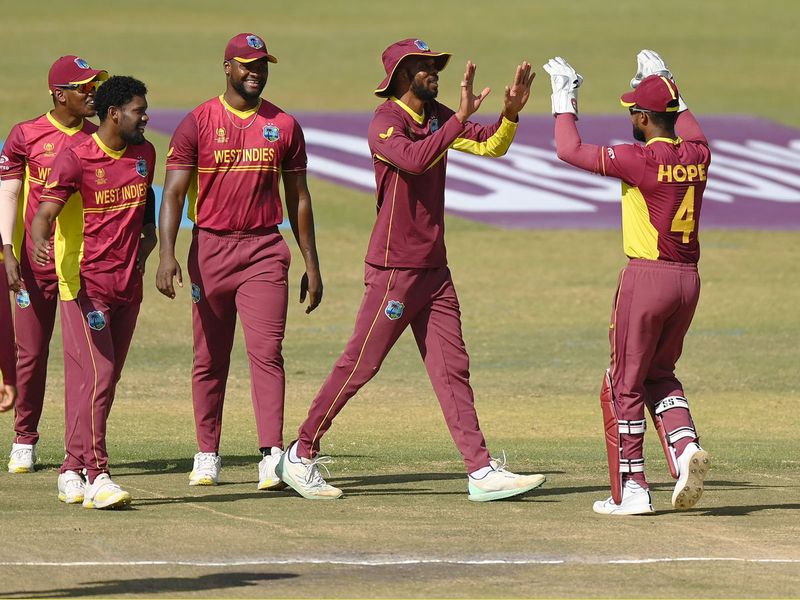
The West Indians were never dominant under Richie Richardson, and Lara’s tenure at the helm couldn’t arrest the plummeting fortunes. The appalling show in the 2023 World Cup Qualifiers is just the latest episode in the long list of listless performances.
What plagues the West Indies?
First and foremost is the fact that the West Indies are not a nation. They are a team of talented cricketers assembled from the island nations of Jamaica, Barbados, Guyana, Antigua, and Trinidad and Tobago. So patriotism and pride are not the same as when turning out for a country. This is not to say the West Indians do not play hard enough; it’s just that they may lack the extra motivation players have when donning the national colours.
How Worrell and Lloyd transformed West Indies
The West Indies were always a collection of hugely talented individuals. So when you look back at Caribbean cricket history, you could see top-class individual performances, but the cricketers never jelled as a team. All that change under Frank Worrell. He was the true leader of men. And he turned a bunch of high-calibre individuals into a team of world-beaters.
After Worrell’s departure, the West Indies dawdled. Sobers and Rohan Kanhai were immensely gifted cricketers but lacked leadership qualities. The elevation of Lloyd as the captain of a clutch of fiercely talented players set the West Indies on the path to greatness. Richards, Lawrence Rowe, Greenidge, Kallicharan and Roberts toured India in 1974-75; Holding, Haynes, Croft and Garner joined later.
The rebuilding of the West Indies was complete. And they set out to conquer the world. The only aberration was the 1983 Prudential World Cup final when India pulled the carpet from under them.
read more
- Cricket World Cup: West Indies’ decline a long time coming, says Brathwaite
- Ashes cricket: Why Australia’s dismissal of England’s Bairstow at Lord’s didn’t breach the spirit of the game
- Jonny Bairstow dismissal: Spirit of the game needs to be upheld at all cost
- Do ‘unfair dismissals’ violate the spirit of cricket?
Under Lloyd, the politics and administrative woes of the West Indies cricket board were kept under check. There were occasional murmurs of pay disputes, but the players stood united under their captain. Lloyd’s retirement seemed to have sent West Indies cricket into gradual decline.
Selection troubles often made the news. Shimron Hetmyer was dropped from the T20 World Cup side after he missed the flight; that episode is symptomatic of the selection woes. As a result, the West Indian teams lacked stability despite being managed by some of the game’s greats.
The West Indies of today may not possess the phenomenal talent of yesteryears, but they churn out players good enough to win matches for T20 franchises. So they are not scraping the bottom of the barrel.
All the West Indies need is a good captain in the mould of Worrell or Lloyd. That may be the panacea for their ills.



